Camera glasses offer a unique way to document life from a first-person perspective. As wearable technology advanced, these glasses evolved from bulky, conspicuous devices to sleek, stylish accessories that blend seamlessly into daily life. This article aims to track the development of camera glasses over time, highlighting their design changes, technological advancements, privacy considerations, and potential future enhancements.
Early Stages of Camera Glasses
Bulky Beginnings
The genesis of camera glasses dates back to the early 2000s when they had large frames to accommodate the camera tech. Early models were easily noticeable and not very user-friendly. Heavy and cumbersome, they offered limited recording quality and storage capacity, which restricted their appeal primarily to niche markets like journalism and extreme sports enthusiasts.
Incremental Design Improvements
Over time, manufacturers focused on refining the aesthetics of camera glasses. By reducing the frame size and integrating smaller cameras, the glasses became more comfortable and practical for everyday use. Improved battery life and increased onboard storage allowed users to capture longer videos, broadening the appeal to a wider audience interested in hands-free recording.
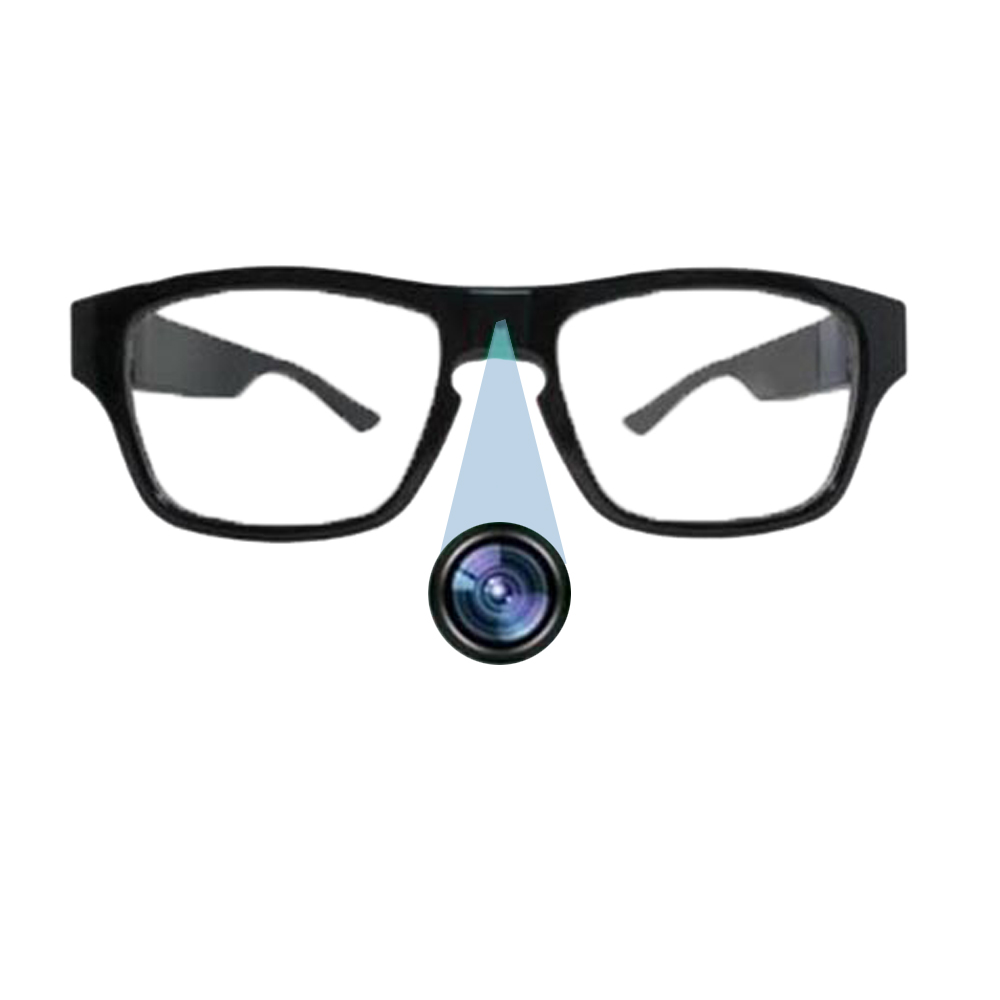
Technological Advancements and Features
Enhanced Video Quality and Connectivity
Modern camera glasses come equipped with high-definition cameras capable of capturing sharp, clear images and videos. Most pairs now include connectivity features such as Bluetooth and Wi-Fi, enabling immediate file transfers to smartphones or cloud storage services. This connectivity has turned camera glasses into wearable extensions of the user’s mobile device, allowing for more seamless integration with other tech products.
User Interface and Control Methods
As camera glasses have evolved, so have the ways in which users interact with them. Early models relied on physical buttons for controls, while current versions offer more intuitive options. This includes voice commands, touch-sensitive frames, and even gesture recognition, making it easier to control the recording process without interrupting the moment being captured.
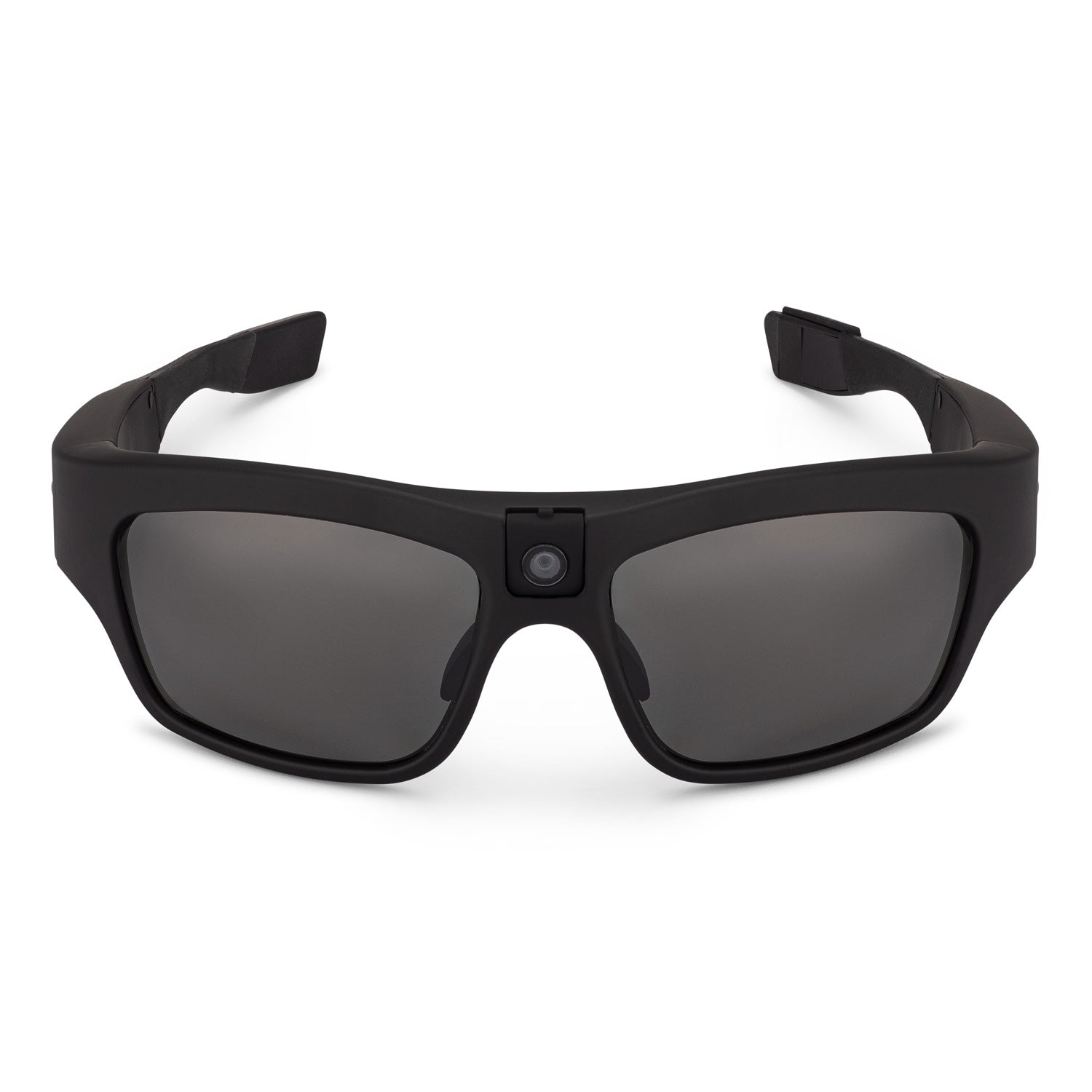
Privacy and Ethical Considerations
Societal Impact of Covert Recording
The discreet nature of camera glasses has sparked debates over privacy and ethics. The ability to record without the subject’s knowledge introduces concerns around consent and surveillance. This has led to the creation of privacy guidelines and legislation in certain jurisdictions, dictating when and where it is permissible to use such recording devices.
Balancing Innovation with Privacy Rights
Manufacturers and policymakers must work together to find a balance between fostering technological innovation and protecting individual privacy. This includes designing camera glasses with noticeable recording indicators, such as LED lights, and implementing software solutions that respect privacy settings. As camera glasses become more commonplace, the emphasis on transparent usage policies grows more critical.
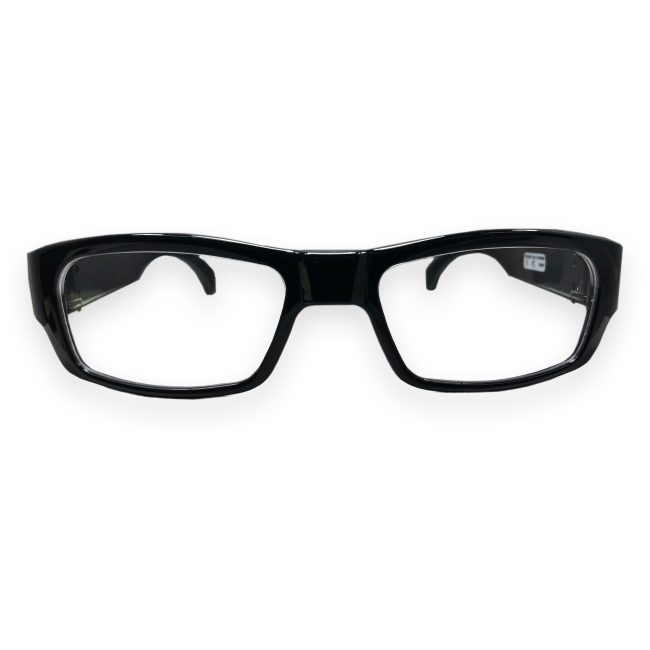
The Future of First-Person Documentation
Potential for Augmented Reality Integration
Looking to the future, camera glasses could merge with augmented reality (AR) technology, offering an even more immersive experience. AR-enabled camera glasses would overlay digital information onto the real-world view, allowing for interactive elements such as real-time translations, navigation, and contextual information about surroundings.
Enhancing the Social Experience
As social media continues to shape how we share experiences, camera glasses are poised to play a significant role in the future of content creation. With advancements in live streaming capabilities and social network integration, users can share their first-person perspective with their community in real-time, creating a more connected and authentic social experience.
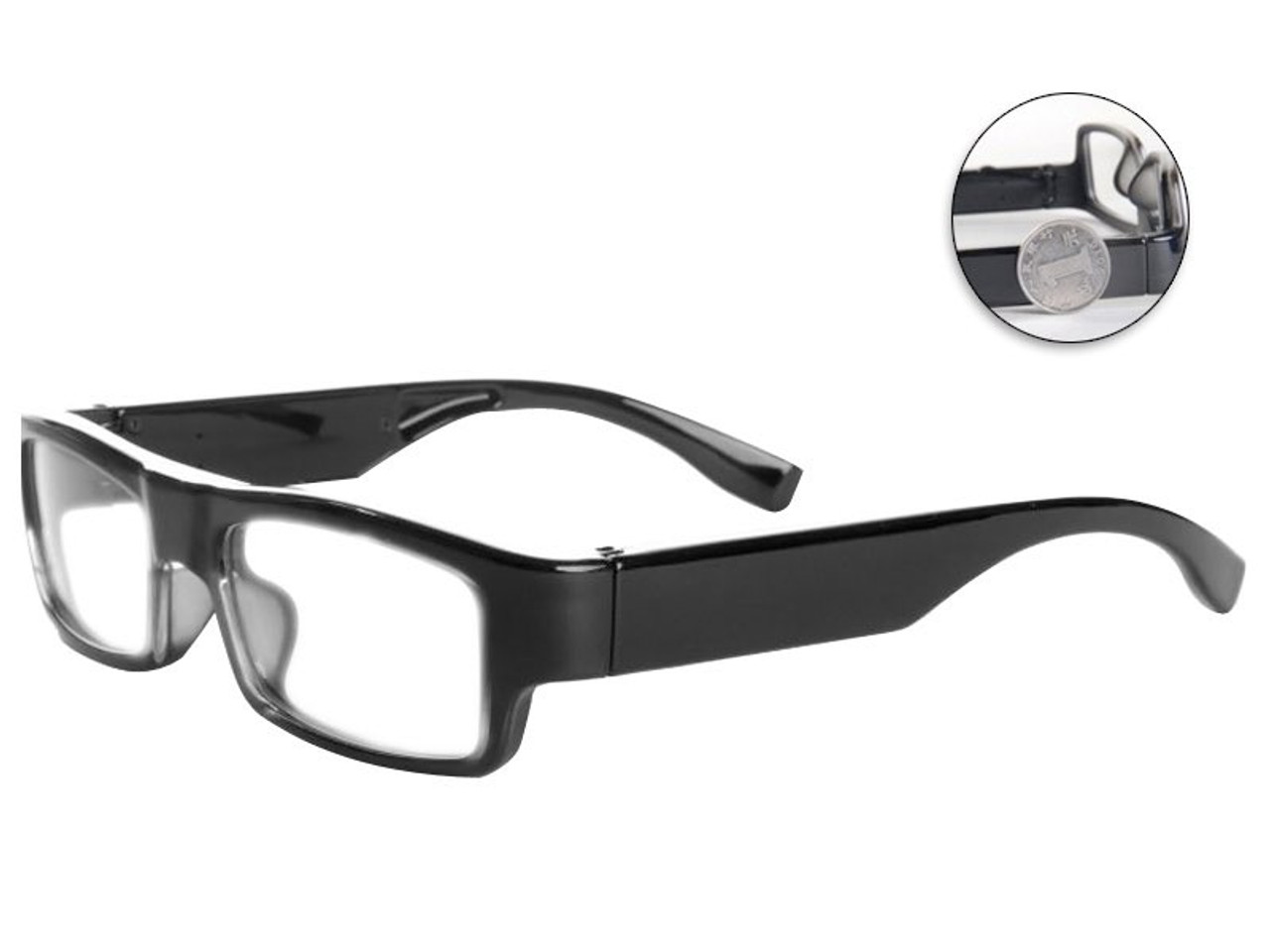
Refining Wearability and Accessibility
Prioritizing Comfort and Style
The wearable nature of camera glasses has demanded a design focus on comfort and fashion. Manufacturers now produce models that are indistinguishable from regular eyewear, incorporating lightweight materials and various styles to appeal to different tastes. This shift not only enhances the user experience but also promotes wider adoption as consumers can choose glasses that complement their individual style.
Expanding Market Accessibility
As the technology matures, production costs decrease, making camera glasses more accessible to a broader audience. Affordable options encourage experimentation among diverse user groups, leading to a richer variety of use cases. The democratization of camera eyewear technology allows more people to enjoy the benefits of first-person video capture without financial barriers.
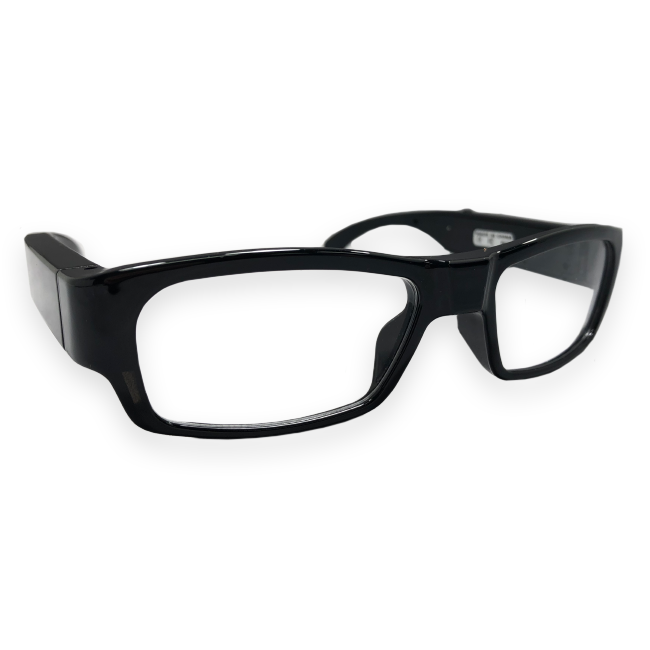
Improving Functionality and Diverse Use Cases
Extended Battery Life and Storage
To capture life’s extended moments, prolonged battery life and greater storage capacity are vital. Innovations in battery technology and the incorporation of more efficient storage solutions, like cloud uploading, address these needs. Users can now record longer sessions without interruptions, making camera glasses practical for a range of activities, from travel vlogging to documenting educational sessions.
Catering to Specialized Fields
Beyond personal use, camera glasses have carved out niches in professional and specialized fields. In medical practices, for instance, surgeons use them to record procedures for educational purposes. In law enforcement, they serve as impartial observers during police interactions. Continued refinement in these applications can revolutionize training, legal documentation, and operational transparency.
Addressing Data Security and Management
Ensuring Safe Storage of Captured Data
With the increasing volume of data recorded by camera glasses, manufacturers must prioritize data security to protect users’ privacy. Encrypted storage and secure data transfer methods have become standard, ensuring that personal footage remains confidential. As users grow more conscious of data privacy, the onus is on makers to provide robust security measures in their devices.
Streamlining Content Management
As camera glasses generate vast amounts of video content, the need for efficient management tools is clear. Innovative software that assists with organizing, editing, and sharing captured content helps users manage their digital library with ease. Integrating artificial intelligence to automatically categorize and tag content based on context and content can assist users in retrieving specific moments effortlessly.
Staying Ahead of Legal Developments
The rapid progress of camera glasses technology challenges existing legal frameworks, necessitating constant monitoring of regulatory developments. As laws and societal norms evolve, manufacturers must be proactive in adapting their products to comply with changing legalities regarding recording in various environments. Engaging with policymakers to shape legislation that protects privacy while fostering innovation is key to the technology’s sustainable growth.
Encouraging Responsible Usage
Manufacturers bear a responsibility to educate users on the ethical use of camera glasses, encouraging respectful and considerate recording practices. Providing clear guidelines on when and where it is appropriate to record can help prevent misuse and safeguard against invasions of privacy. Through user education, the industry can promote responsible use while preserving the positive aspects of first-person documentation.
In conclusion, the evolution of camera glasses reflects a significant shift in our relationship with wearable technology. From their humble beginnings to their current status as fashionable and functional accessories, camera glasses have opened up new possibilities for capturing and sharing life’s moments. As they continue to advance, so will considerations around their use, pushing the boundaries of both technology and social norms. The fusion of tech innovation, ethical use, and creative expression will undoubtedly shape the trajectory of camera glasses development in the years to come, ultimately enhancing the way we document and perceive the world around us.
